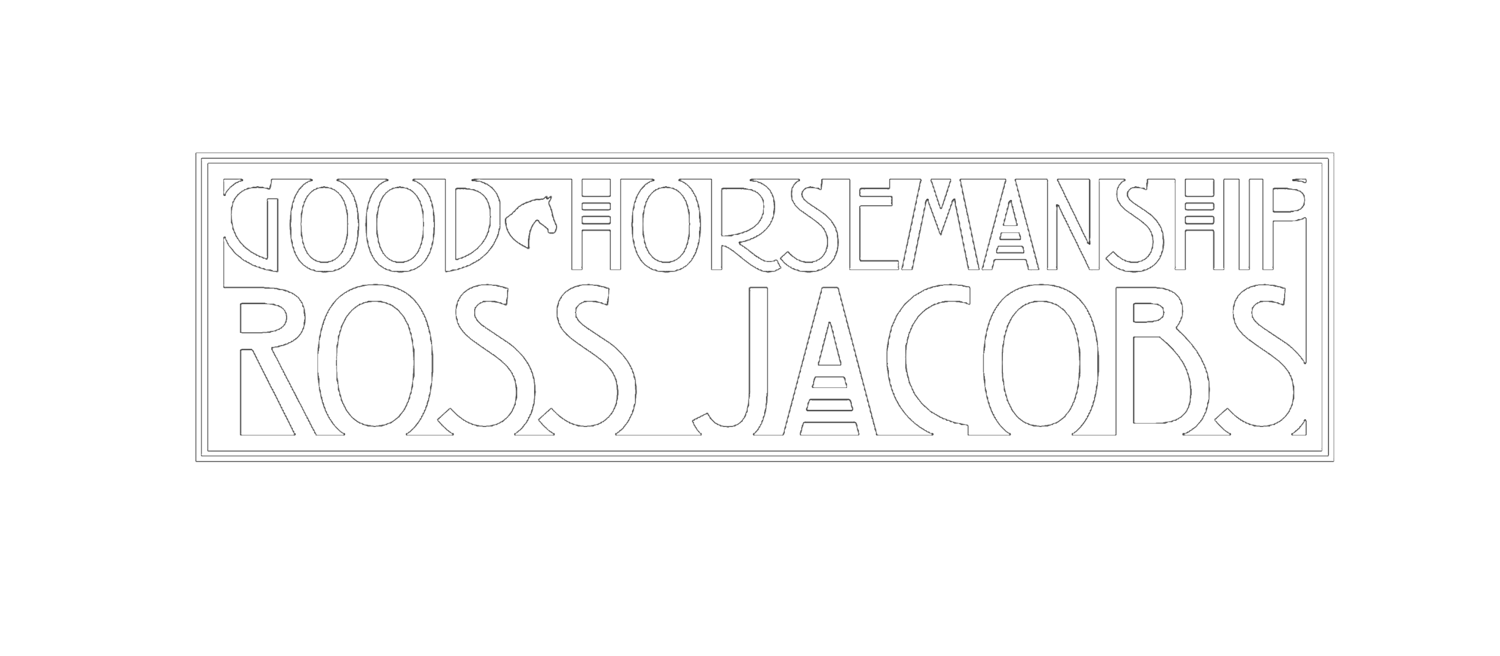Memories are funny things, and the way our brain recalls a memory is even funnier.
I have travelled a lot in my life, and after one particular trip to Europe, my friend and I were re-telling tales of our trip to some friends. I talked about the streets of Helsinki, the airport chaos in Zurich, and the ancient monuments in Rome. Meanwhile, my friend talked about the coffee in Rome, the restaurant we ate in Helsinki, and the cheesecake we had at Zurich airport. We were both there at the same places at the same time, but our memories of our trip were a little different. Our brains processed our memories to highlight the aspects that were most important to each of us.
I have wondered if horses do that too. What if there are differences between what I think I am teaching my horse and what my horse thinks I am teaching it?
I was helping a student with a horse that had a poor response to a rider’s leg. Forwardness seemed a foreign concept to it. Yet, when the rider picked up a riding crop, there was an instant change in the forward response to the rider’s leg. The student didn’t even have to apply the crop to their horse, just carry it. In the student’s mind, they had been teaching their horse to think forward when they applied their leg. But in their horse’s mind, it was learning to think forward when the crop was carried. The rider and the horse had very different memories and interpretations of the same lesson. The rider thought it was obvious, but the horse never linked the association of the ‘rider’s leg = forward’ and was stuck at ‘crop = forward’.
I might teach my horse to line up to the stump so that I can mount with ease. Pretty soon, my horse lines up at the stump when it sees me step on it. What if I am not teaching my horse to line up to a mounting block because in its mind it has learned to only line up to that particular stump or only to any stump but not a fence or step ladder? Horses are visual learners, so familiarity with a stump comes more easily than feeling that same level of comfort with all objects I use to mount my horse. They struggle to extrapolate mounting from a stump as being the same as mounting from a fence, a gate, a step ladder, or a trailer fender.
Many times at clinics, I have come across horses that load into a trailer with very little trouble. The owner thinks they have taught their horse to trailer load. Then one day they buy a new trailer, or they try to load with an extra horse, or they want to load in a different bay of the trailer. Suddenly, their perfect trailer-loading horse is not so perfect. The owner sees loading in a different trailer or different bays or with a different travelling companion as no different and no more challenging than the trouble-free experience it has always been. But in the horse’s mind, they are being asked to load in a trailer that doesn’t look, smell, or feel like it has always been. The owner thinks they trained their horse to trailer load - end of story. But in the horse’s mind, it has been trained to load only in a trailer where everything is perfectly familiar, nothing out of place. It doesn’t have confidence in being asked to trailer load per se. It only has confidence in trailer loading when everything about the trailer is comfortable and familiar.
It’s easy to kid ourselves that when we ask a horse a question and we reward the answer we want, we are teaching the lesson we want our horse to learn. That’s because we know the end game. We know why we asked the question. Horses don’t have that advantage. They don’t know the ultimate goal. They live in the moment and have to deal with everything that happens at that moment. We must learn to see our training as the horse sees it and realize there is more to Rome than great coffee and ancient ruins.
The way to minimise the risk of thinking we are teaching a horse one thing when they are actually learning something else is to not focus on teaching tasks or jobs. Instead, teach your horse to focus, connect with you, and follow your feel. Don’t teach your horse to stand next to a mounting block or to walk into a trailer. Instead, teach it to go with you, be with you. So if you ask your horse to load into an unfamiliar trailer, it’s not a new lesson. If you ask your horse to load halfway into the trailer, then stop and stand still, it’s not a new lesson. If you ask it to line up next to a mounting block, a fence, a stump, or on the opposite side, these things are not new lessons. They are all just part of the same lesson of teaching your horse to be with you and follow your feel.
If you can do that, you avoid the pitfalls of your horse just learning a job. Instead, they learn to work with you and trust your ideas with every step. If you only teach a horse to do jobs, you are only teaching tricks, and they will fail you when circumstances change.
The whip is for teaching a horse to respond to the rider’s seat and legs so that one day it is not needed to support the seat and legs. But many riders use the whip to teach forwardness only in response to the whip without realising their horse is not transferring the mean of the feel of the whip to the meaning of the feel of the rider's seat and legs.

